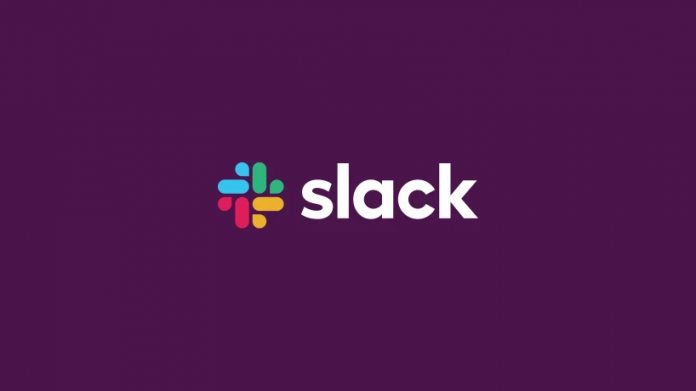When Microsoft announced its Q3 2020 financial results this week, the company said Microsoft Teams now has 75 million active daily users. This represents a major growth from 44 million in March, which was itself a jump from around 20 million in January. This unprecedented growth has happened amid the COVID-19 pandemic, which has started a surge in remote work. Slack has also been a beneficiary of the virus outbreak and crisis and has seen its record for daily users consistently change. However, it is clear Teams and Slack are now in different leagues. Whereas Slack has expanded with interesting features – including Teams call integration – it has stuck closely to being a communication tool. Teams, on the other hand, has expended into a more robust platform with added features pooled from Office 365.
Not Competing
Slack CEO Stewart Butterfield has been a critic of Microsoft’s tactics with Teams. In an interview with CNBC he argued Microsoft’s platform is “not as a competitor.” He claims Teams will not “kill” Slack because they are not competing. It does seem like Butterfield has used corporate speak to essentially say Teams is now in another league to Slack. Certainly, the CEO once saw Microsoft’s service as a rival. However, he is also correct to suggest there is enough market for all to thrive. “The work-from-home phenomena as the result of the coronavirus may have accelerated the digital transformation and adoption of software for business productivity,” the Slack CEO said. That said, it is clear Microsoft Teams remains a competitor to Slack. If an organization chooses one platform over the other, that means they are competing.




